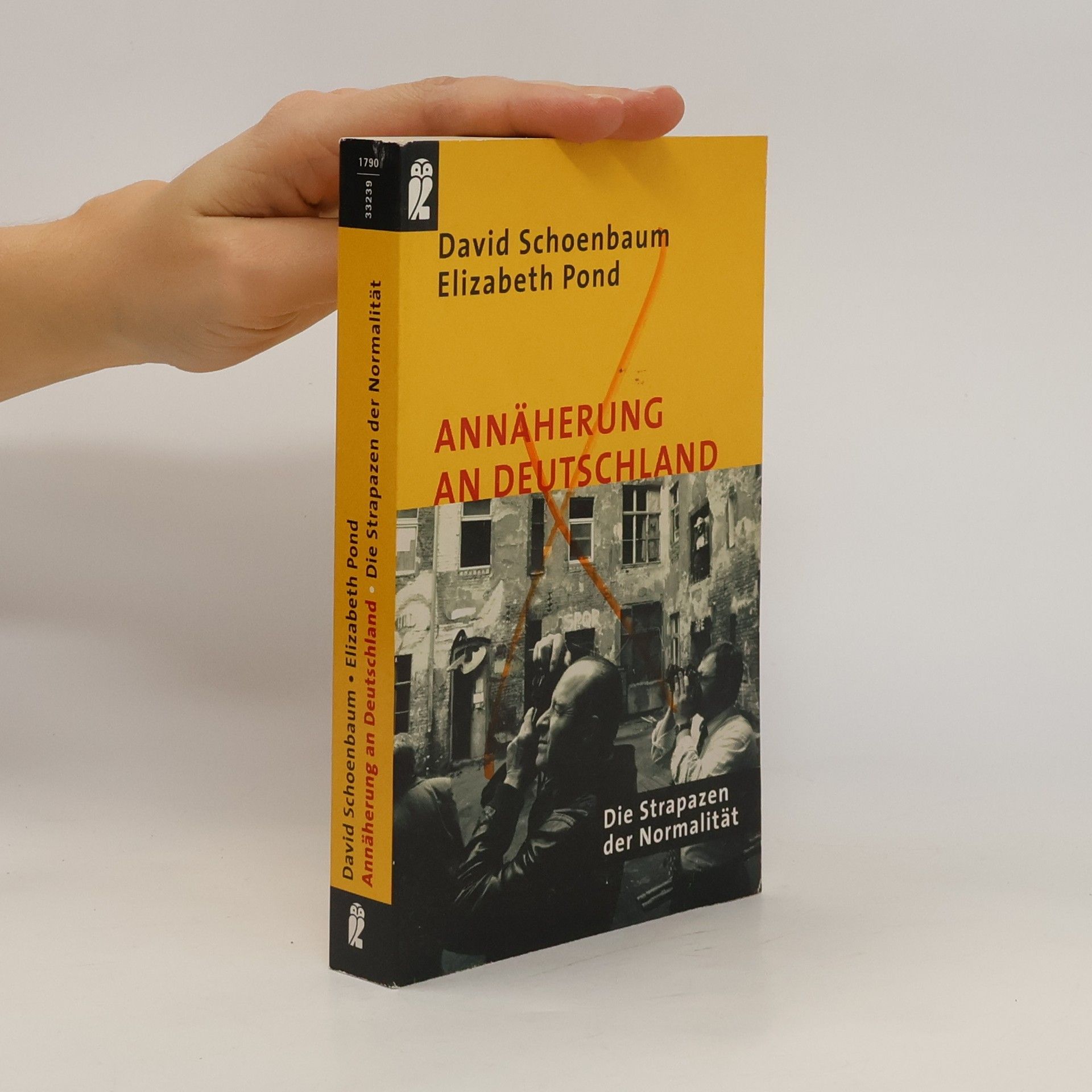Die Violine
Eine Kulturgeschichte des vielseitigsten Instruments der Welt. Aus dem Amerikanischen von Angelika Legde. Sonderausgabe
Das von der internationalen Presse hoch gelobte Buch des bekannten Historikers David Schoenbaum erzählt die Lebensgeschichte der Violine: wie sie, gebaut, verkauft, gespielt und wie sie in der Kunst dargestellt wurde. Entstanden ist dabei eine höchst originelle Gesamtdarstellung. Die Violine ist vielleicht das flexibelste Instrument, das je erfunden wurde. Für Weltmusik, Tanzmusik und Indie-Rock ebenso geeignet wie für Bach und Beethoven, wird es seit jeher im Stehen oder Sitzen gespielt, allein oder in Gruppen, in Bars, Kirchen, Konzertsälen und Rumpelkammern, von Profis und Amateuren, Erwachsenen und Kindern, Männern und Frauen und auf jedem Kontinent. David Schoenbaum hat unzählige Details über Hersteller, Händler und Spieler der Violine zusammengetragen und in einer umfassenden Geschichte der Violine gebündelt. Von den ersten Anfängen, als Geigenbauer ihr Handwerk von Kistenmachern lernten, über Stradivari und das Goldene Zeitalter von Cremona, die die Geige zu einem begehrten Sammlerstück machten, bis hin zu unvergleichlichen Künstlern wie Paganini, Joachim, Heifetz und Oistrach informiert Schoenbaum sachkundig und mitreißend über Kunst und Kultur des vielseitigsten Instruments der Welt.




